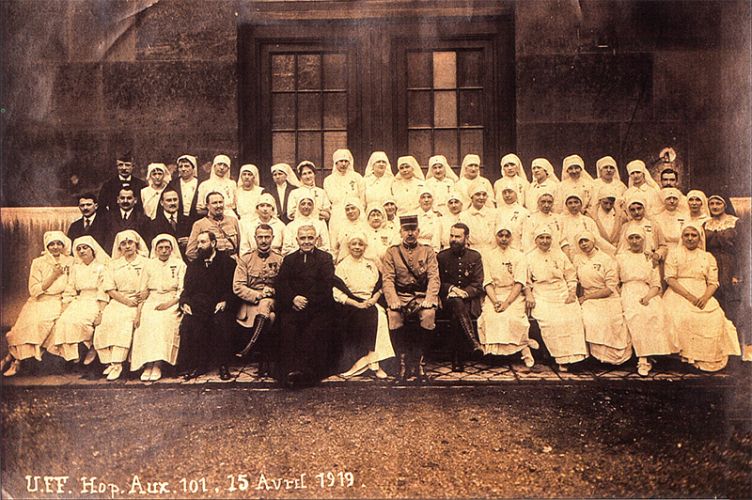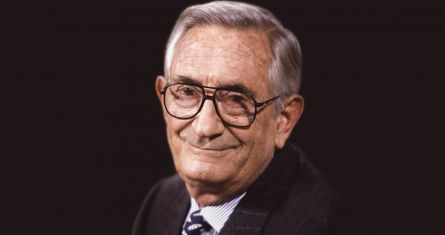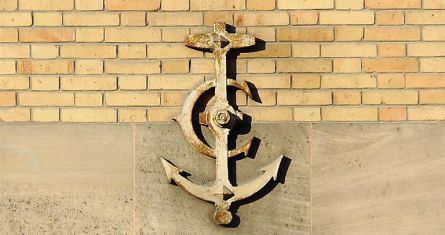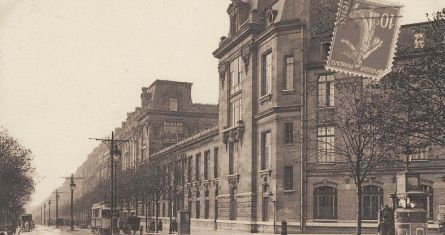Those were the years when… 1914/1918
The school premises began being transformed into a hospital on 3 August 1914, with the first convoy of wounded soldiers arriving on the 8th of the month, after the start of the first battle of the Marne.
Military Personnel and Students
The school’s location east of the capital made it accessible for military personnel wounded in battle, and the area dedicated to the hospital expanded. Soon the entire premises was adapted to accommodate a maximum of 400 beds. The students were therefore required to move to 108 Boulevard Malesherbes to continue their studies at the premises of HEC. It was not until 1917 that they could to return to the right wing of the school on Avenue de la République, with the left wing of the building still reserved for injured soldiers.
Several parents withdrew their children from the school during this period to take refuge in the towns outside Paris, which were less exposed to German shellfire.
With the U.S Military
Business courses were also opened to members of the U.S. military from March 1918 to June 1919.
At the End of the War
The end of the war did not mark the student’s return to the premises, since the school was chosen by the health department to handle the special treatment of soldiers suffering from the effects of gas attacks. This period in the school’s history did not completely draw to a close until April of 1919.
The War impacted the school
The conflict took a heavy toll on the school, with many deaths among its ranks: 251 professors, students, supervisors and service agents and 231 graduates died for France, including Paul-Laurent Wiriath (class of 1913), son of the Dean at the time, who died in 1913 during the battle of Neufchâteau in the Vosges.
War and Educational Innovations
It should be noted that in spite of the unusual atmosphere during the war, many educational innovations emerged during these years: the creation of a Russian language Chair, a hotel department and commercial representation, in partnership with the Parisian trade unions for travelling salespeople.
Students were able to Finish their Degree
In 1918, classes were reorganised to allow students who had been to war to adapt their studies to finish two years of study in one year.
Connections between the School and Hospital
Other examples of connections between the school and hospital exist. As early as 1830 and 1870 the school’s premises were adapted to accommodate the wounded from the revolutions and the Berlin Campus occupies the former buildings of the Kaiserin Auguste Viktoria children’s hospital, inaugurated by the Empress in 1909.
Credit: © Bernard Le Pelletier
Campuses



